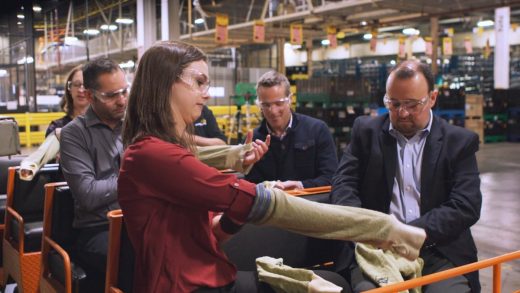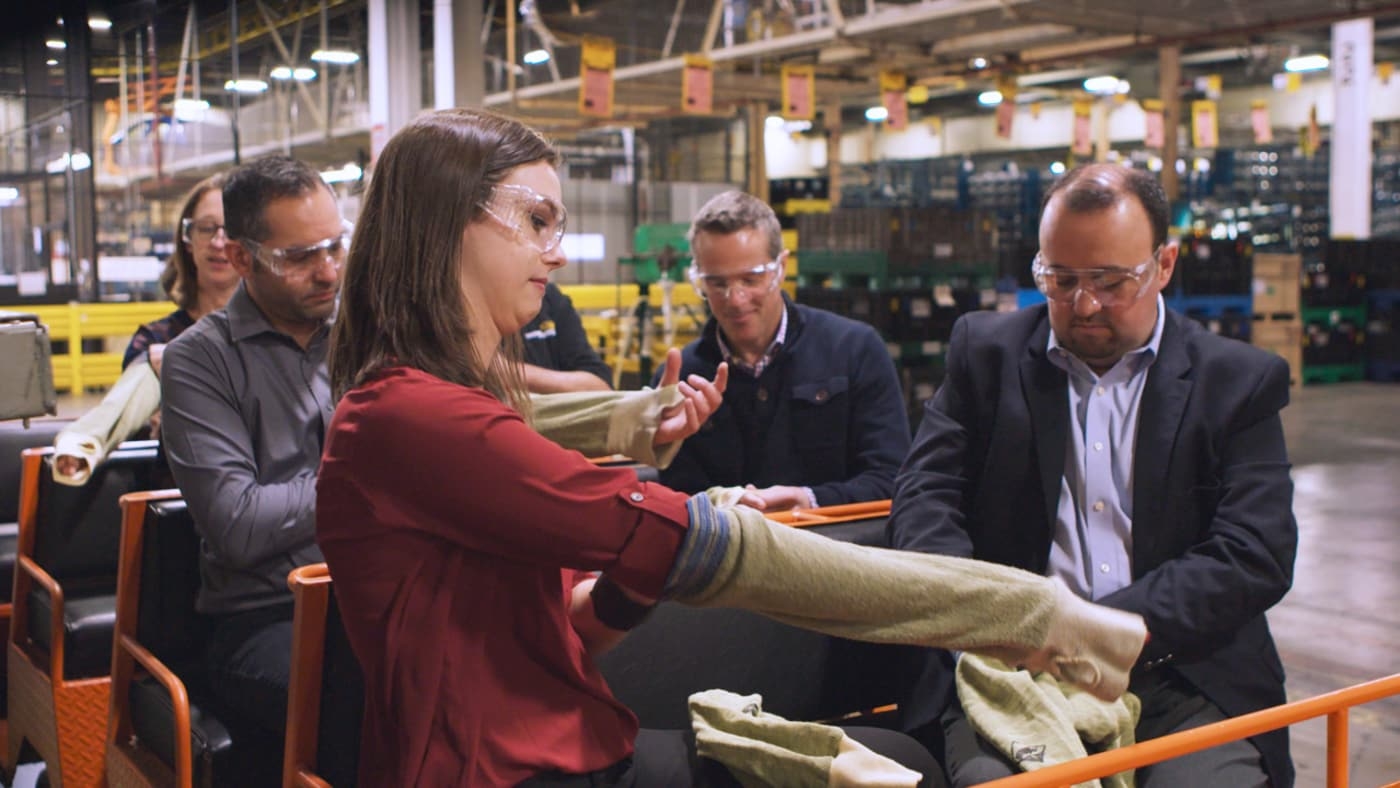What Happened When General Motors and L’Oréal Swapped Energy Teams
General Motors is the third-largest automobile manufacturer in the world; it operates 17 assembly plants in North America alone. In the beauty industry, L’Oréal is the global leader, and its U.S. operations span four manufacturing facilities and 15 distribution centers.
Both companies have made some pretty steep sustainability commitments–GM was one of the first businesses to sign onto the White House American Business Act on Climate Change pledge in 2013, the same year that L’Oréal launched its Sharing Beauty With All campaign to set clear environmental and social impact goals. And they’re both making headway on meeting them: L’Oréal has reduced its carbon emissions by 73% from 2005, and GM has lowered its waste output by 27% since 2010.
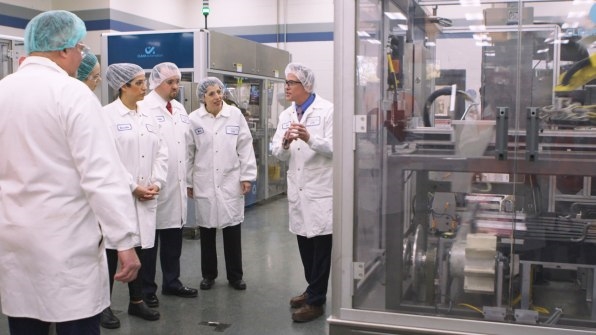
But there’s always room for improvement, and sometimes it takes a fresh set of eyes to see exactly where these giant companies could be doing better. That’s the whole idea behind the Better Buildings Challenge SWAP–a Trading Spaces-esque web series hosted by the U.S. Department of Energy in which two companies’ energy teams take turns assessing the other’s buildings, looking for missed efficiency opportunities. Season one pitted Whole Foods against Hilton, season two saw an Army-Navy showdown, season three traveled between the government buildings of Boston and Atlanta, and now, for season four, we have the two very large, but very different, consumer goods companies.
The SWAP is hosted by Maria Vargas, who directs the DOE’s Better Building Challenge–an initiative that aims to bring buildings across the public and private sector up to the latest energy-efficiency standards. Both L’Oréal and GM have been members of the Better Buildings Challenge for several years. “It opens up a lifeline for sharing best practices,” Eric Fox, L’Oréal’s North Little Rock plant manager, tells Fast Company.
Over the span of a cold weekend in January, the L’Oréal team, based in the company’s North Little Rock, Arkansas, factory and led by Fox, traveled up to GM’s 4.1-million-square-foot Detroit-Hamtramck assembly plant to take a look at the operations. “We saw some things that were pretty obvious to us, but maybe they hadn’t noticed,” Fox says. For one, the numerous robots that carry out much of the work at the GM plant require a lot of compressed air to power. Compressed air is a significant drain on energy, and many of the robots remain powered on even when they’re not moving. Fox suggested to the GM team that they implement a system that would automatically power the robots off when they’re not in use, which would significantly lessen the energy consumption from the operations.
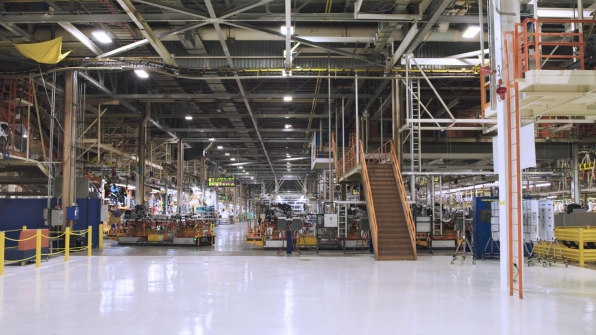
Some of the other improvements the L’Oréal team suggested were quite small and straightforward: Be more diligent about detecting air leaks, and use fewer fluorescent lights to illuminate the hallway where the cars leave the facility–just around half the lights they’re currently using are necessary, Fox’s team found.
At the L’Oréal factory in North Little Rock, which, at 830,000 square feet, is L’Oréal’s largest cosmetics plant in the world, the GM energy team also found some tweaks the facility could make. Like at the GM facility, L’Oréal uses a lot of compressed air to move machinery and product lines along, and the GM team encouraged them to power down when the machines aren’t working to save energy.
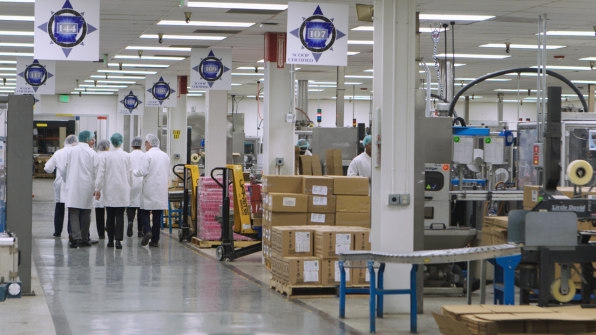
But in addition to pointing out what each facility could do better, the teams also snagged some ideas from each other. Brian Wilger, GM’s energy optimization lead, described to the L’Oréal team how he hosts “energy treasure hunts” at the Detroit-Hamtramck factory, where team members seek out parts of the building that could use an efficiency upgrade. L’Oréal, he says, was keen to bring that idea home. And GM, similarly, was impressed with L’Oréal’s efforts boost employee engagement around the Sharing Beauty With All initiative. At the North Little Rock plant, employees are rewarded and highlighted on a wall for advancing energy-savings initiative and encouraged to bring the practices home, which struck a chord with GM. (And of course, at that particular L’Oréal factory, the sustainability initiative is known as “Sharing Beauty With Y’all.”)
“There are so many people across the facility who could speak in detail about their role in energy efficiency, what it means to them, and how they take it home with them,” Fox says. “It’s really a part of our organizational culture.”
(27)

